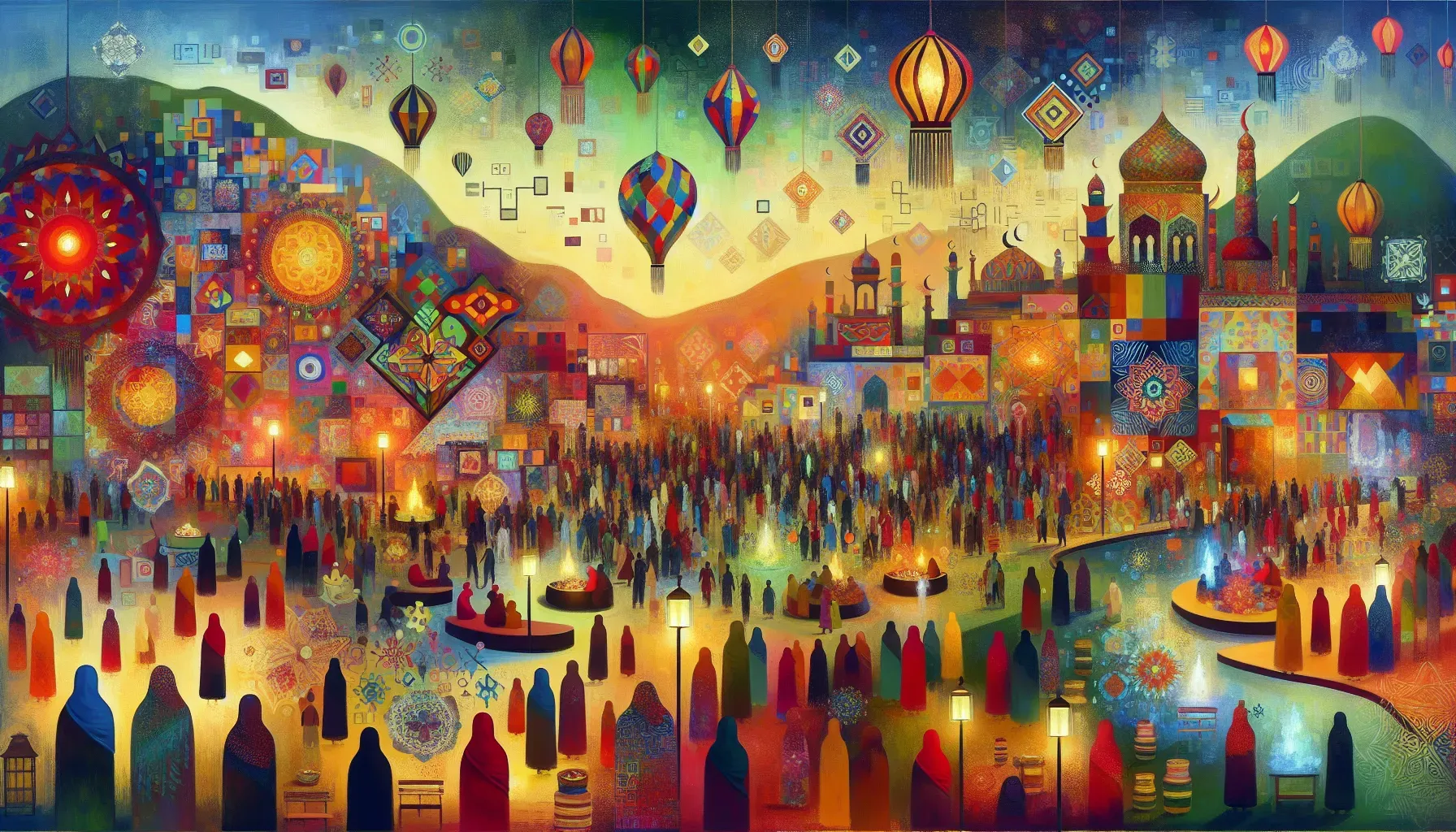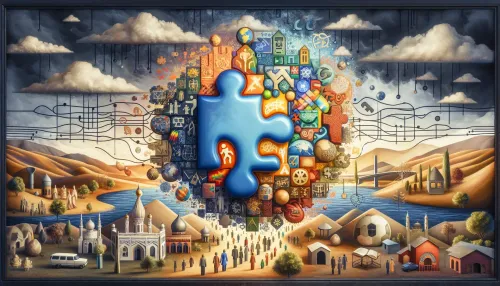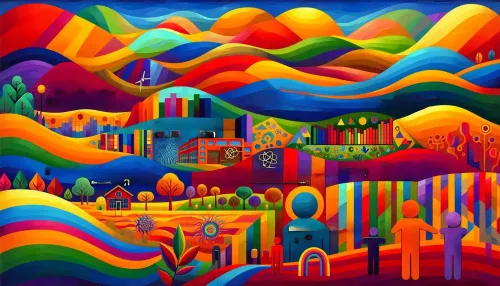Festive Spectrum: Adapting Cultural Festivals for the Inclusion of Autistic Children

Cultural festivals are a time of joy and celebration, but for families with autistic children, they can also present unique challenges. Understanding and preparing autistic children for these occasions is crucial to ensure their participation and enjoyment. As we delve into this topic, we aim to provide valuable insights that combine the excitement of festivals with the considerations necessary for the inclusion of autistic children.
Preparing Autistic Children for Cultural Festivals
For many autistic children, sensory sensitivities can be overwhelming, especially in bustling festival environments. Tailoring festival routines to accommodate sensory needs is essential. Providing quiet spaces equipped with sensory-friendly items like noise-canceling headphones or fidget toys allows children to take a break when the sensory input becomes too much. Additionally, incorporating familiar routines and visual schedules can offer a sense of predictability, reducing anxiety for autistic children during festive activities.
Tailoring Festival Routines for Sensory Needs
Traditional attires add vibrancy to cultural festivals, but they may pose discomfort for autistic children who are sensitive to certain fabrics or textures. Embracing inclusivity means celebrating differences while making necessary adjustments. Families can work with their children to find clothing that feels comfortable and matches their sensitivities. This not only ensures the child's comfort but also promotes self-expression while participating in traditional customs and celebrations.
The auditory and visual stimuli at festivals can be intense for autistic children, particularly concerning loud music and exuberant dance performances. Creating inclusive spaces involves modifying such auditory and visual elements to accommodate diverse sensory preferences. For example, offering noise-cancelling headphones or quieter zones allows children to enjoy music without feeling overwhelmed by its volume. Similarly, providing alternate forms of dance that focus on individual expression rather than conformity encourages the participation of neurodiverse individuals in festive dances.
Celebrating Differences with Traditional Attires
Food is an integral part of cultural festivities, but dietary restrictions or sensitivities often pose a challenge for autistic individuals. Recognizing the importance of inclusive dining experiences, festival organizers can collaborate with local vendors to offer a range of sensory-friendly food options that cater to various dietary needs. By promoting understanding and flexibility around special diets, festivals can ensure that all participants, including those with autism, can savor the culinary delights without worry.
Modifying Music and Dance for Inclusivity
Amidst the festivities, fostering connections within the community is vital for both parents and autistic children. Organizing networking events or social gatherings within the festival setting allows families to bond with others who share similar experiences. These connections not only provide emotional support but also establish a sense of belonging within the community. Furthermore, integrating peer mentoring programs or volunteer opportunities enables neurotypical individuals to engage with and support their neurodiverse peers, promoting a culture of inclusivity within festivals.
In conclusion, adapting cultural festivals for the inclusion of autistic children requires thoughtful planning and consideration. By creating sensory-friendly environments, celebrating diversity through traditional attires, modifying music and dance experiences, accommodating special dietary needs, and fostering community connections, festivals can embrace inclusivity while ensuring that all participants, including those with autism, can partake in the festive spirit.
Frequently Asked Questions
Cultural festivals can be adapted for autistic children by creating sensory-friendly environments, providing quiet spaces, and offering familiar routines. Additionally, modifying music and dance experiences, accommodating dietary needs, and fostering community connections are essential steps to ensure inclusivity and enjoyment for all participants.
To accommodate sensory sensitivities at festivals, organizers can provide quiet areas with sensory-friendly items like noise-canceling headphones and fidget toys. Incorporating visual schedules and familiar routines can also help reduce anxiety, allowing autistic children to enjoy the festivities without feeling overwhelmed.
Including dietary options for autistic individuals at festivals is crucial because many may have specific dietary restrictions or sensitivities. By collaborating with vendors to offer a variety of sensory-friendly food choices, festivals can ensure that all participants can enjoy the culinary aspects of the celebration without discomfort or worry.
Check Out These Related Articles

Beyond Boundaries: Experiencing Autism Through a Multicultural Lens

Amplifying Diverse Voices: Insights Across Cultures in Autism Care

Unraveling the Tapestry of Autism: Key Milestones and Discoveries
